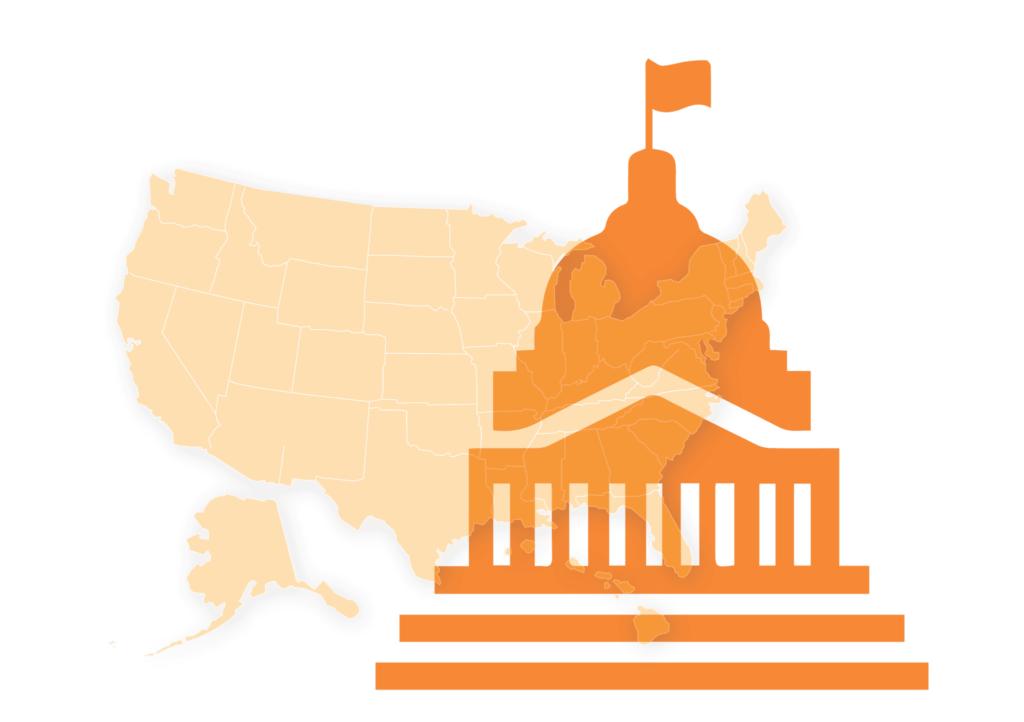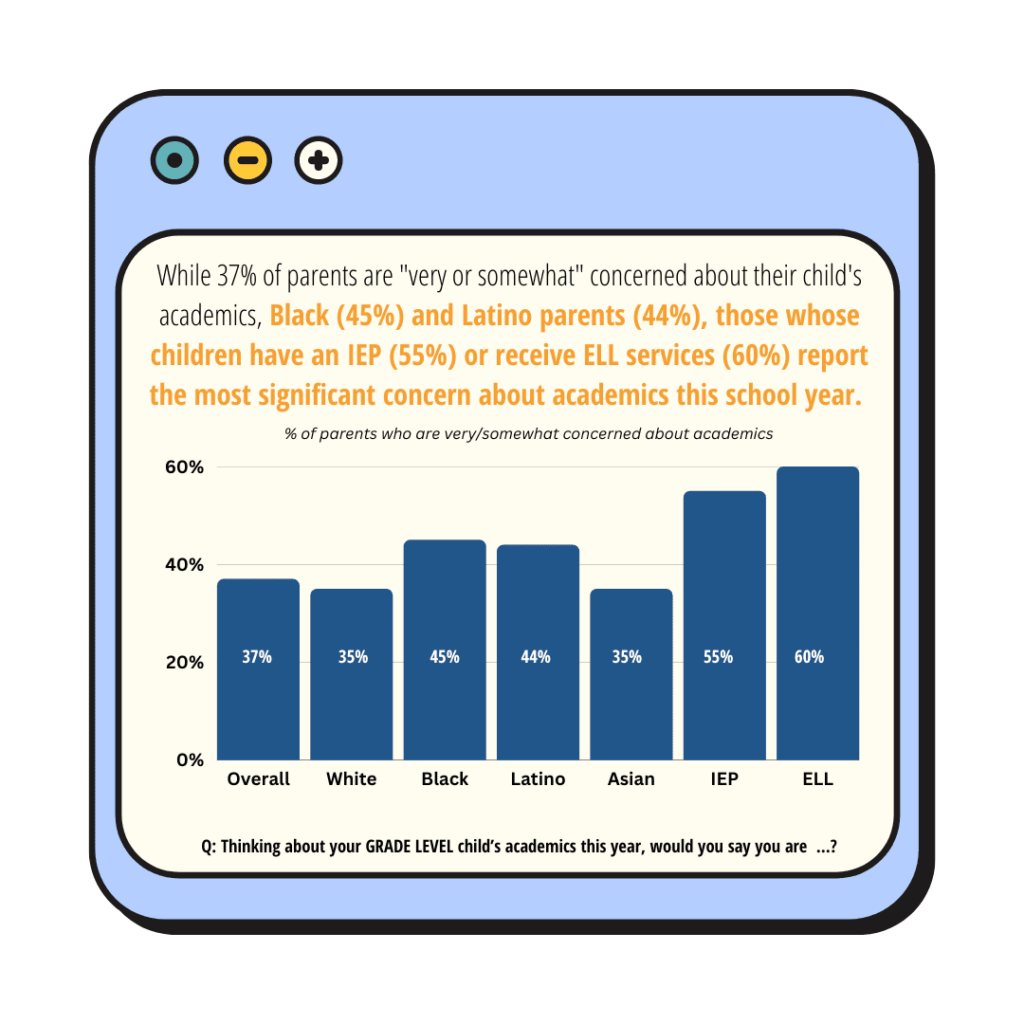Nicole White
U.S. Department of Education
400 Maryland Avenue SW, Room 3E326
Washington, DC 20202
Re: Proposed Priorities, Requirements, and Definition-Project Prevent Grant Program (Docket ID ED-2021-OESE-0122)
Dear Nicole White:
As a collaboration of national organizations seeking to advance shared education equity priorities through federal, state, and local policy and advocacy, we write to express concern regarding the notice of Proposed Priorities, Requirements, and Definition from the U.S. Department of Education (“Department”) for the Project Prevent grant program (Docket ID ED-2021-OESE-0122). While we support the underlying programs’ intent to prevent and reduce gun violence, other forms of community violence, and to help mitigate its effects on students, we have concerns about the partnership with law enforcement that the notice encourages schools and community organizations to facilitate. Specifically the disproportionate and harmful impact that this partnership could have on students of color and students with disabilities is a clear risk created by the current language. As such, we respectfully request that you reconsider language directing or encouraging schools and school districts to partner with law enforcement, and instead encourage language to prioritize collaboration with appropriately trained supportive services to address students’ and communities’ needs.
The harmful impacts of community violence, whether experienced directly or indirectly, on a child’s long-term physical, emotional, academic, and psychological growth and development are well-documented. Community violence, which the notice defines as, “firearm injuries, assaults, homicides, and other acts of interpersonal violence committed outside the context of a familial or romantic relationship,” can be a risk factor for an adverse childhood experience (ACE), which can have lasting negative impacts on a child’s health and well-being, as well as their educational and economic potential. According to the Centers for Disease Control and Prevention, adverse childhood experiences are linked to, “chronic health problems, mental illness, and substance use problems in adulthood. ACEs can also negatively impact education, job opportunities, and earning potential.” However, protective factors, such as strong relationships and supportive environments, can both prevent ACEs and mitigate negative impacts.
To address the challenges community violence poses to impacted communities and to mitigate its worst effects on children, the Project Prevent grant program was established in 2014 to increase school district’s capacity to help schools in communities with high levels of violence better address the needs of affected students. Specifically, the program provides grants to, “increase their capacity to implement community- and school-based strategies to help prevent community violence and mitigate the impacts of exposure to community violence.” Under the program, grant recipients are required to offer a range of services for students as a condition of receipt of federal funding, including providing access to school or community-based counseling services, school-based social and emotional supports, conflict resolution and other school-based strategies, and other activities to promote a safer and improved school environment. These efforts, as the notice states, “may also be carried out collaboratively and in partnership with law enforcement, where appropriate, to build safer, thriving communities.”
Not only is law enforcement framed as a partner that schools and community organizations can, and should, turn to in addressing community violence, the notice itself requires in its project activities that grant recipients conduct a range of activities which may include, “Undertaking activities in collaboration and coordination with law enforcement to address community violence affecting students, to support victims’ rights, and to promote public safety.” Further, in the proposed application requirements, the notice states that school districts should collaborate and coordinate with law enforcement, where appropriate, to “describe the community violence that affects students in those schools… [and] utilize data and information such as incidents of community violence, gun crime and other violent crime, rates of child abuse and neglect, and other school and community crime and safety data, including on a per capita basis (such as homicides per 100,000 persons); prevalence of risk factors associated with violence-related injuries and deaths; findings from student mental health screenings or assessments, school climate surveys, and student engagement surveys; demographic data provided by U.S. Census surveys; and other relevant data and information.”
While we support the underlying program’s intent to equip school districts and communities with the tools and resources necessary to effectively address and help mitigate the impacts of community violence on children, we have concerns about the collaboration and coordination between law enforcement and grant recipients that the notice openly encourages. The negative effects that law enforcement have on students of color and students with disabilities, and their contribution to the overall school-to-prison pipeline, are well-documented. We know from decades of research that when law enforcement are increasingly involved in the day-to-day operations of a school, students of color and students with disabilities suffer disproportionately. These students are more likely to attend schools with fewer resources, and in turn, fewer support staff that are appropriately trained to address and facilitate their social, educational, and academic growth and development. Faced with these disparities and staff shortages, school-based law enforcement are often asked to intervene in ordinary school activities and disciplinary procedures that are most appropriately handled by trained staff and educators. Thus, the protective factors afforded by this program are undermined by the inclusion of law enforcement that we know create more stress for and have poor relationships with communities of color and the disability community.
According to the 2015-16 Civil Rights Data Collection (CRDC), students of color are more likely to go to a school with a police officer, more likely to be referred to law enforcement, and more likely to be arrested at school. According to analysis from the Department in 2017-18, “Black students accounted for 28.7% of all students referred to law enforcement and 31.6% of all students arrested at school or during a school-related activity—twice their share of total student enrollment of 15.1%. Similar patterns of disparities were observed for Black students served under the Individuals with Disabilities Education Act who accounted for 2.3% of total student enrollment, but 8.4% of students referred to law enforcement and 9.1% of students who were arrested.” These disparities are not due to differences in student behavior; rather, suspensions, expulsions, and school-related arrests are frequently due to subjective offenses, such as violations of dress codes or codes of conduct that often violate and target the cultural identity of students of color. As a recent study reconfirmed, children that attend schools with higher rates of suspension are, “15 to 20 percent more likely to be arrested and incarcerated as adults.”
In order to foster the social, emotional, and academic development of students, schools should move away from efforts to “harden” schools, and should instead prioritize investing in supportive personnel such as school counselors, social workers, school psychologists, and others. Rather than further perpetuating the school-to-prison pipeline by encouraging the continued collaboration of law enforcement with school districts, the Project Prevent grant program can help address the harm to students that community violence causes by facilitating partnerships between school districts and appropriately trained supportive services. These efforts, if done correctly, would have a transformational impact on the lives of students, and would help to further create a safer and healthier school environment. As such, we request that you reconsider language directing or encouraging schools and school districts to partner with law enforcement, and instead encourage language calling on schools and school districts to prioritize collaboration with appropriately trained supportive services to address students’ and communities’ needs.
Thank you for your consideration, and for your continued commitment to the well-being of all of our nation’s students.
Sincerely,
Center for American Progress
Education Reform Now
The Education Trust
National Center for Learning Disabilities
National Urban League
SchoolHouse Connection
Teach Plus







